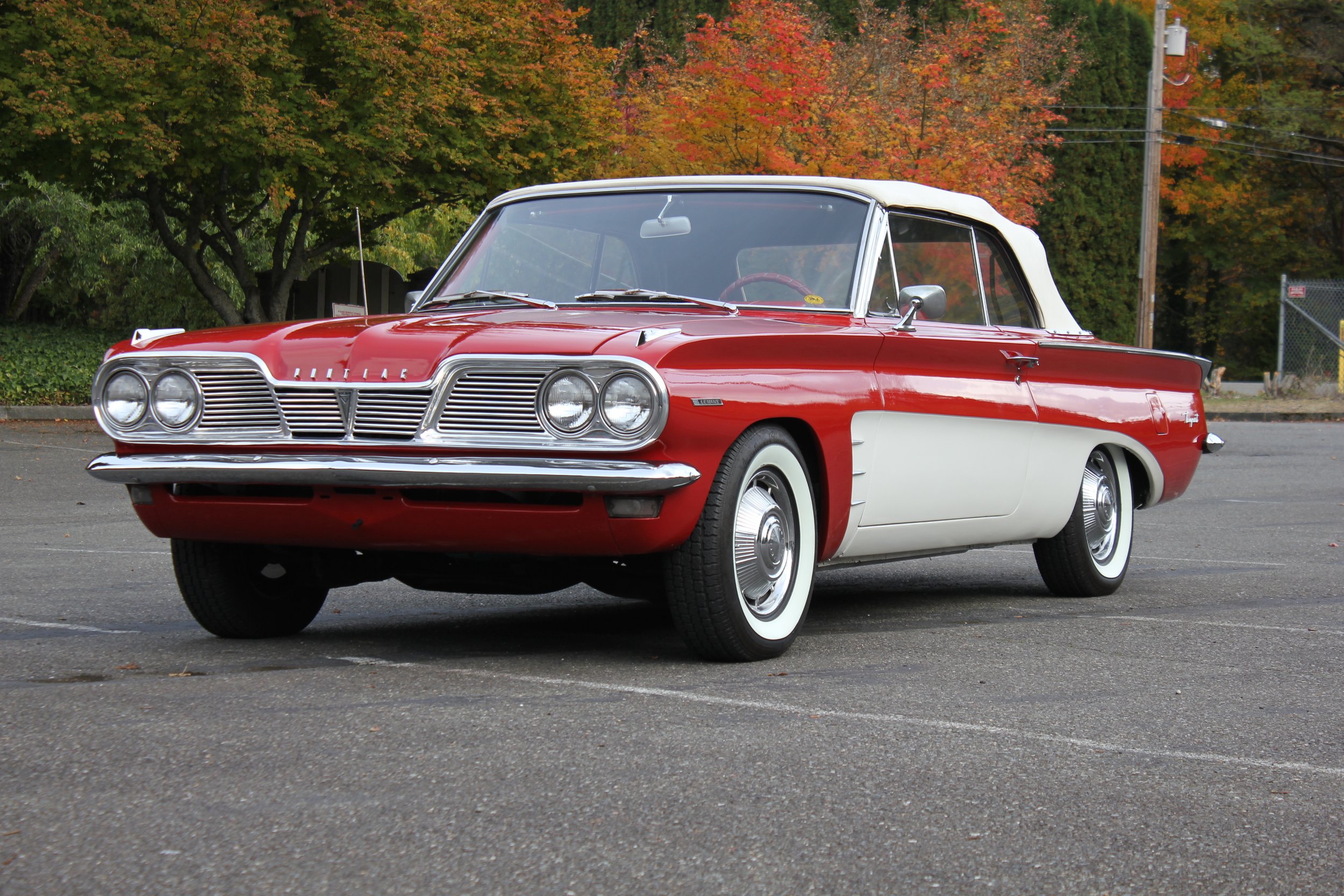 Image 1 of 124
Image 1 of 124

 Image 2 of 124
Image 2 of 124

 Image 3 of 124
Image 3 of 124

 Image 4 of 124
Image 4 of 124

 Image 5 of 124
Image 5 of 124

 Image 6 of 124
Image 6 of 124

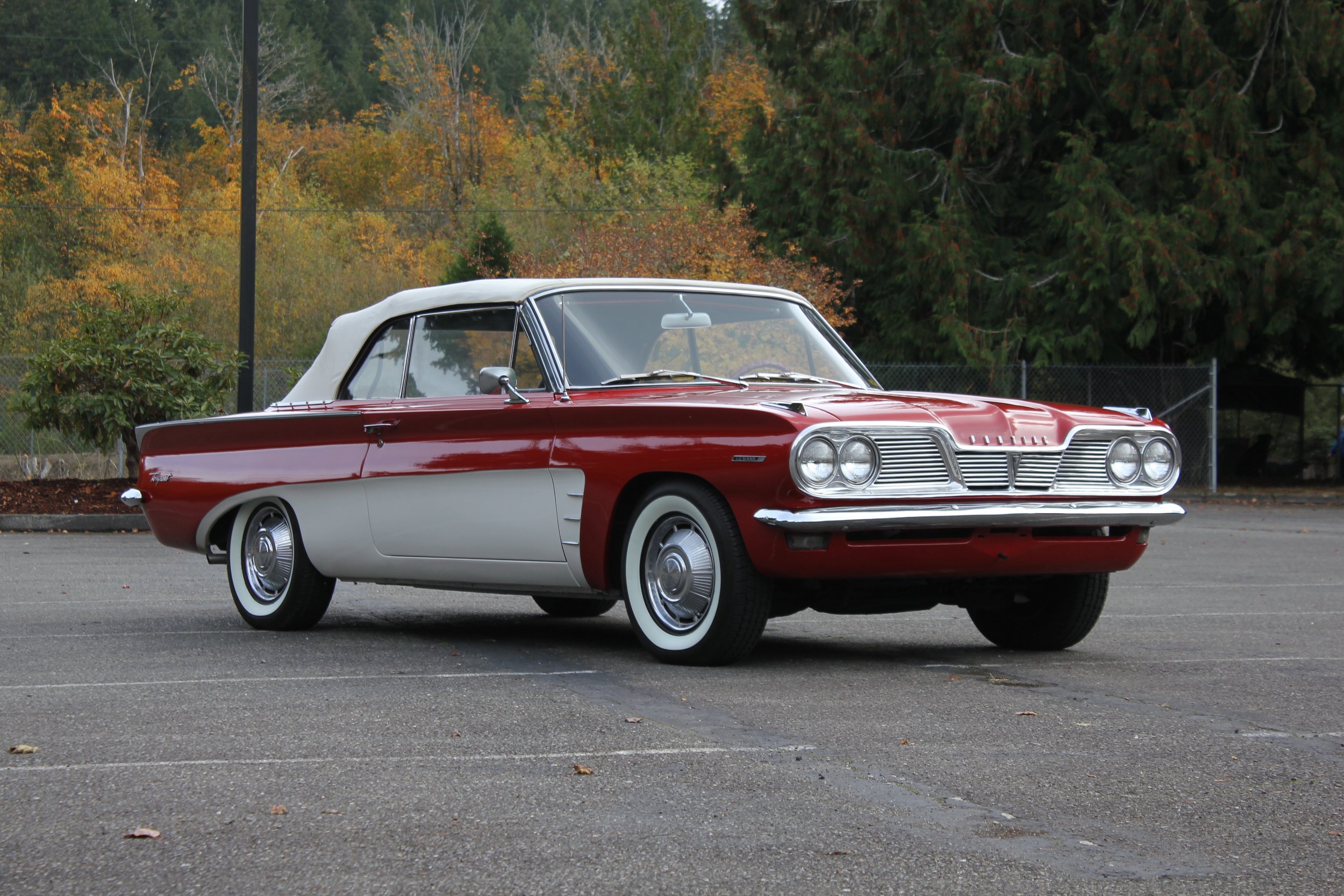 Image 7 of 124
Image 7 of 124

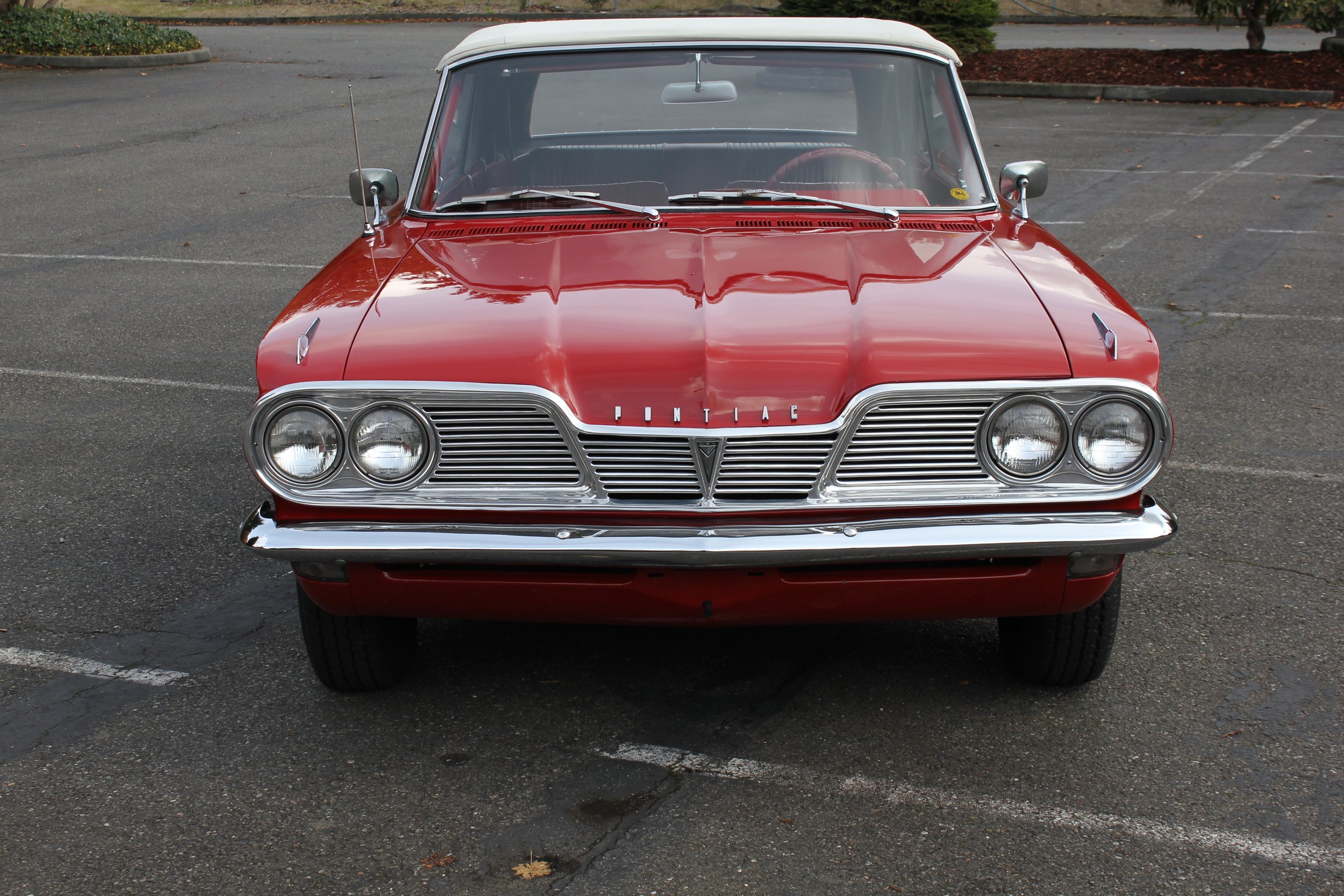 Image 8 of 124
Image 8 of 124

 Image 9 of 124
Image 9 of 124

 Image 10 of 124
Image 10 of 124

 Image 11 of 124
Image 11 of 124

 Image 12 of 124
Image 12 of 124

 Image 13 of 124
Image 13 of 124

 Image 14 of 124
Image 14 of 124

 Image 15 of 124
Image 15 of 124

 Image 16 of 124
Image 16 of 124

 Image 17 of 124
Image 17 of 124

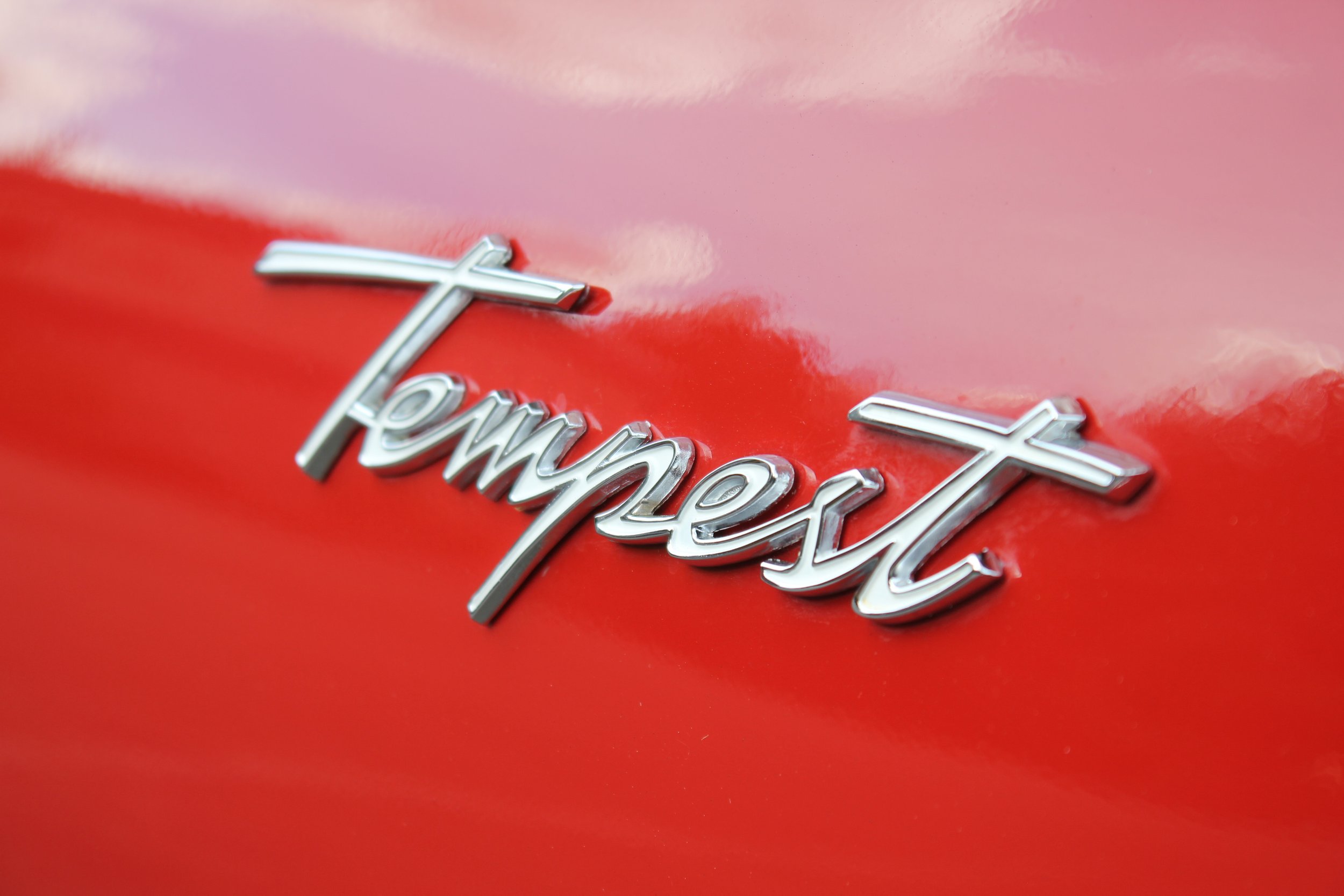 Image 18 of 124
Image 18 of 124

 Image 19 of 124
Image 19 of 124

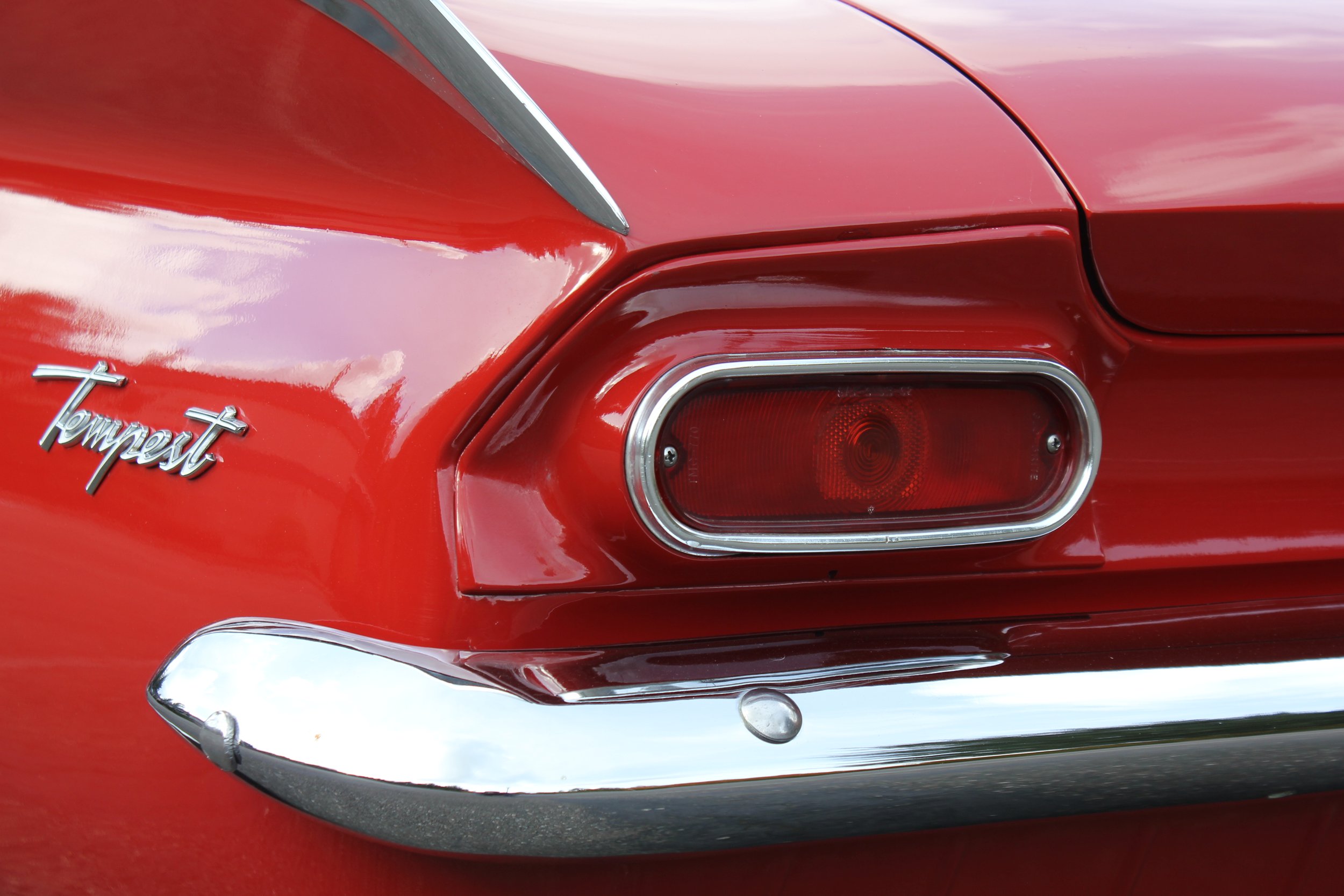 Image 20 of 124
Image 20 of 124

 Image 21 of 124
Image 21 of 124

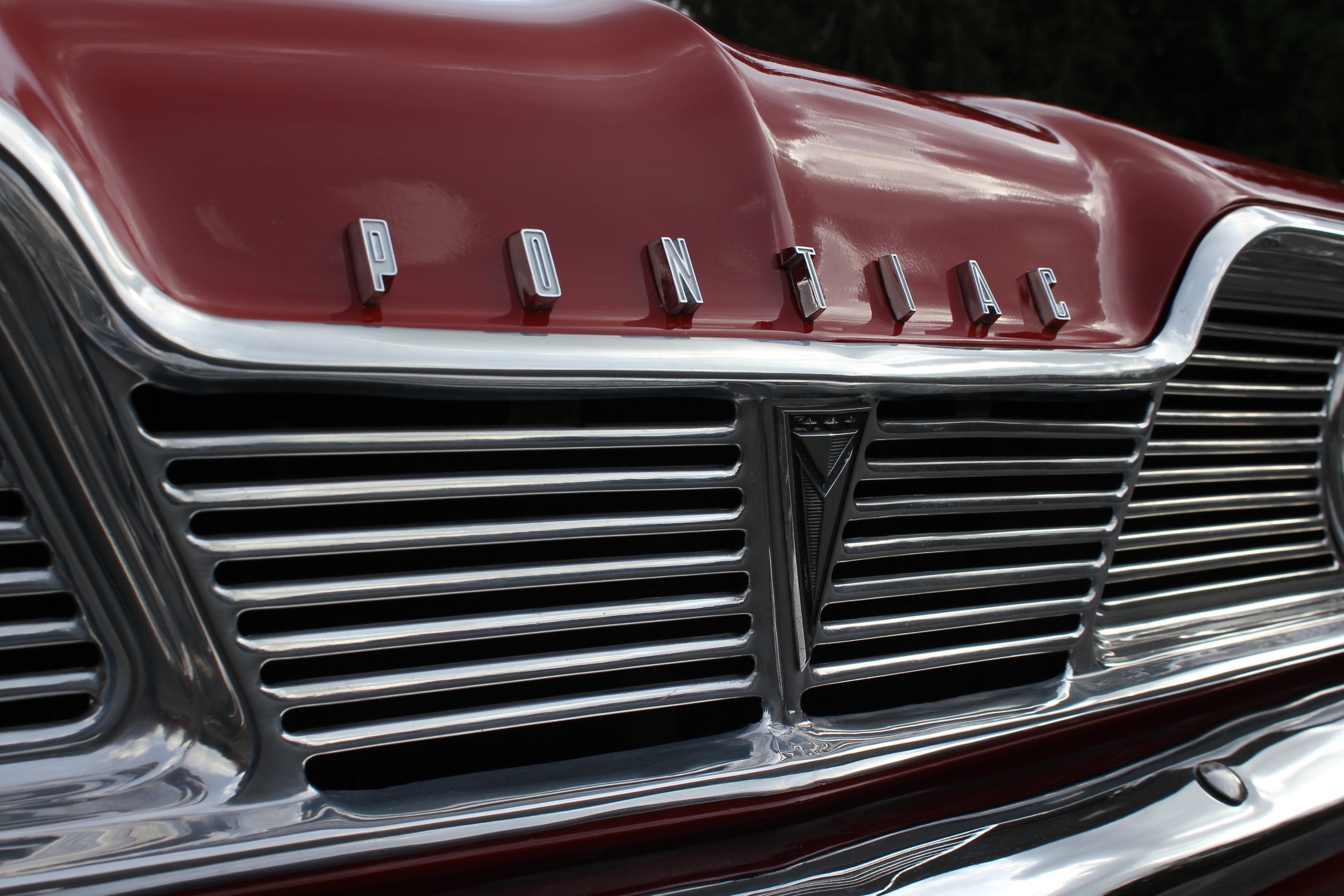 Image 22 of 124
Image 22 of 124

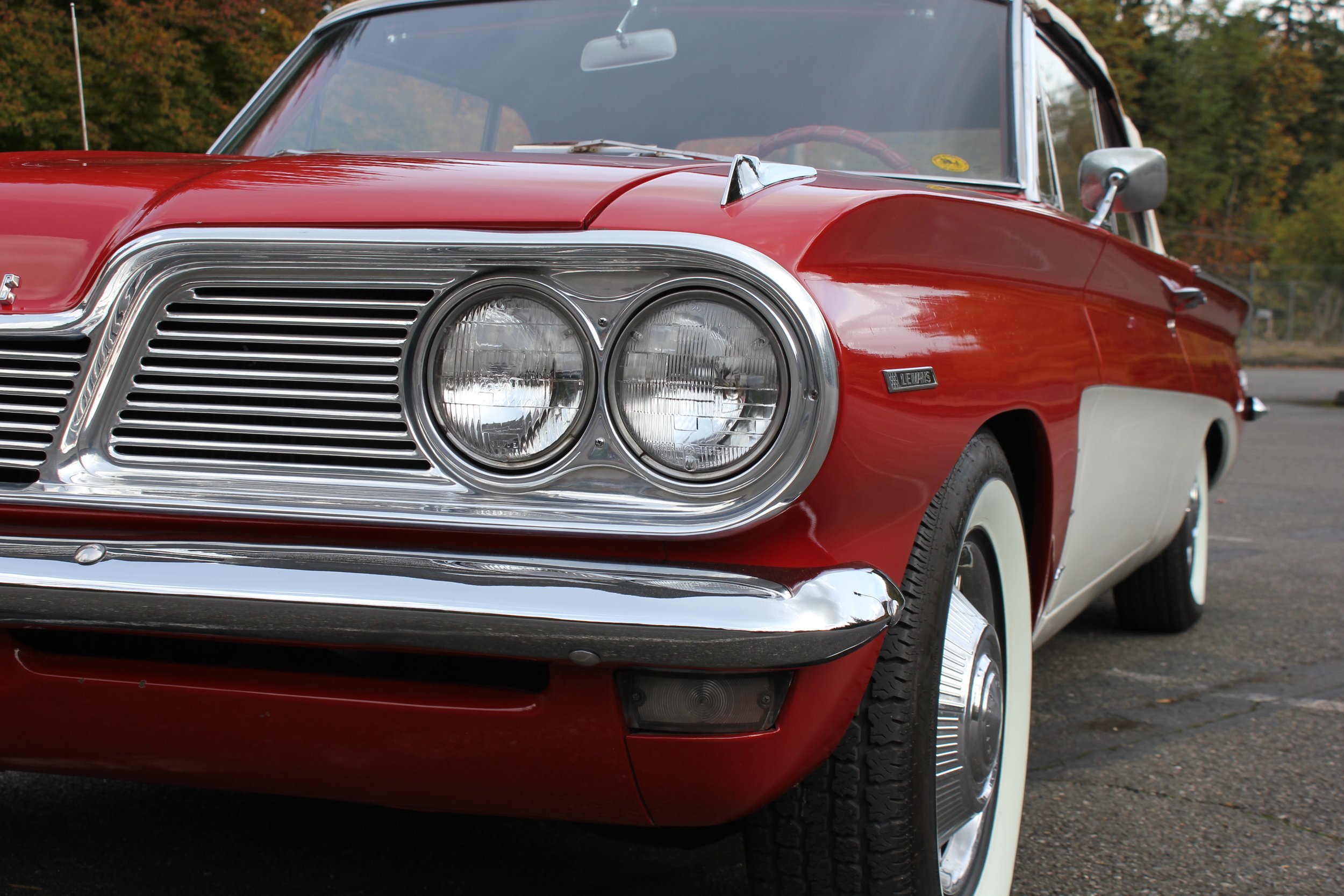 Image 23 of 124
Image 23 of 124

 Image 24 of 124
Image 24 of 124

 Image 25 of 124
Image 25 of 124

 Image 26 of 124
Image 26 of 124

 Image 27 of 124
Image 27 of 124

 Image 28 of 124
Image 28 of 124

 Image 29 of 124
Image 29 of 124

 Image 30 of 124
Image 30 of 124

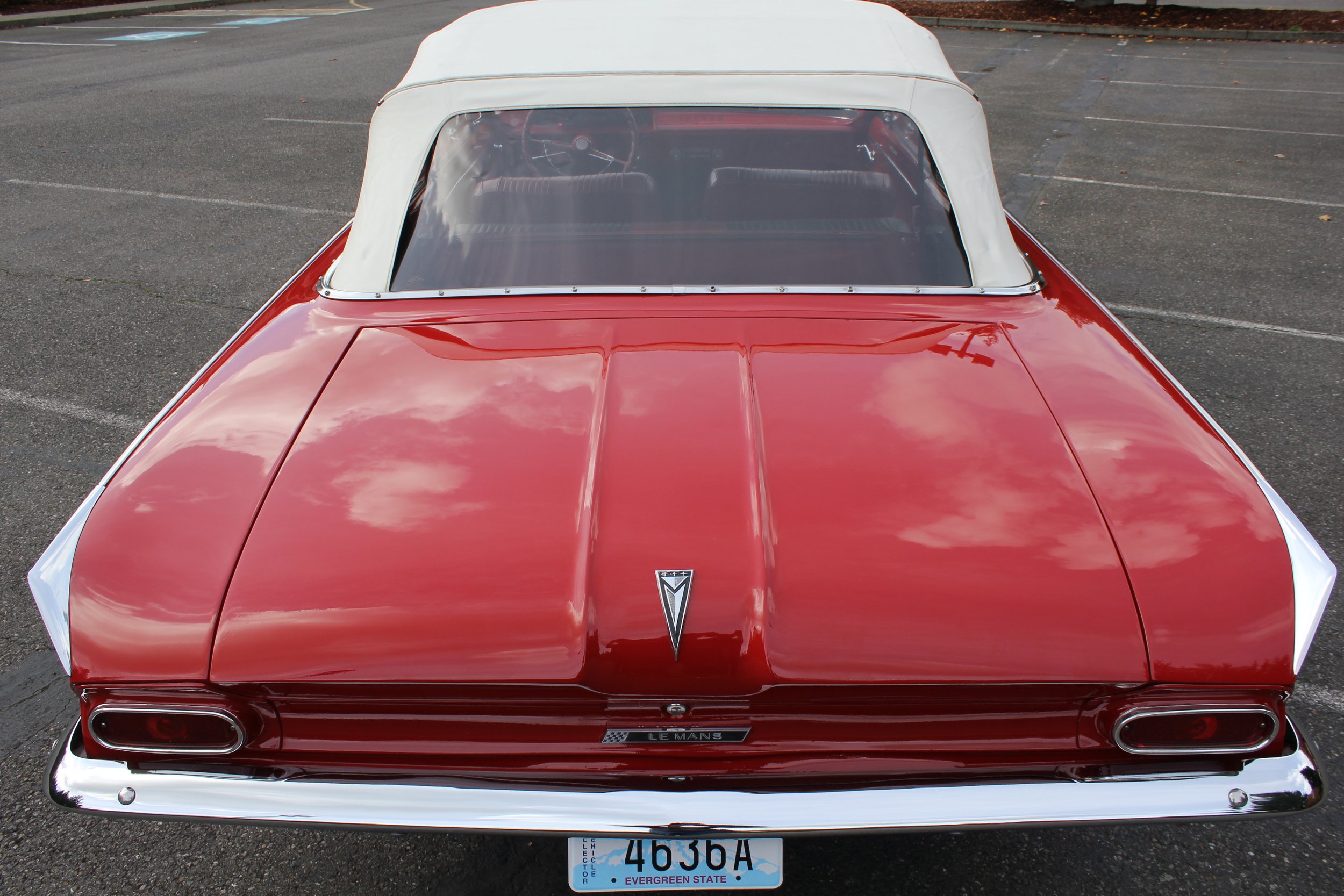 Image 31 of 124
Image 31 of 124

 Image 32 of 124
Image 32 of 124

 Image 33 of 124
Image 33 of 124

 Image 34 of 124
Image 34 of 124

 Image 35 of 124
Image 35 of 124

 Image 36 of 124
Image 36 of 124

 Image 37 of 124
Image 37 of 124

 Image 38 of 124
Image 38 of 124

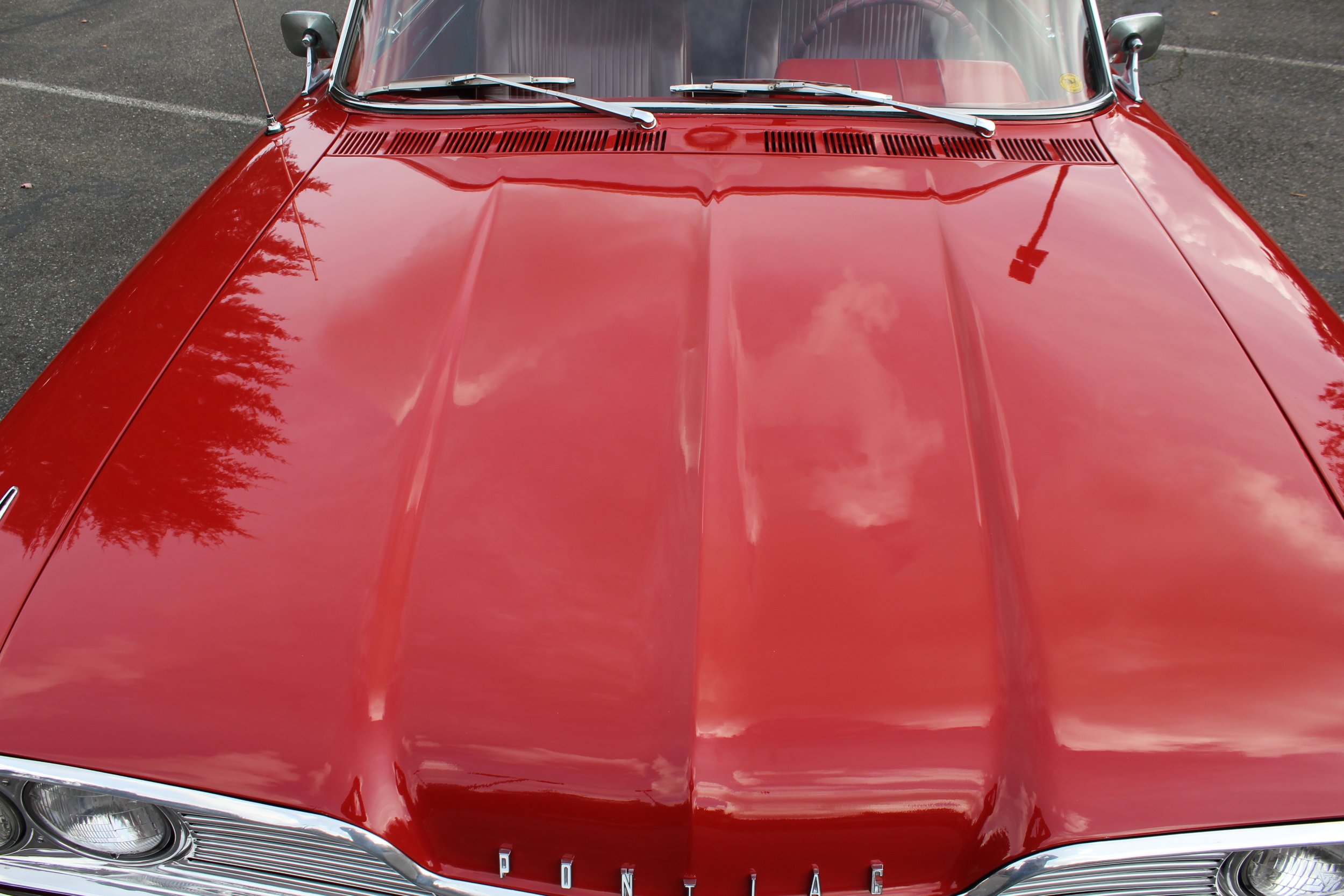 Image 39 of 124
Image 39 of 124

 Image 40 of 124
Image 40 of 124

 Image 41 of 124
Image 41 of 124

 Image 42 of 124
Image 42 of 124

 Image 43 of 124
Image 43 of 124

 Image 44 of 124
Image 44 of 124

 Image 45 of 124
Image 45 of 124

 Image 46 of 124
Image 46 of 124

 Image 47 of 124
Image 47 of 124

 Image 48 of 124
Image 48 of 124

 Image 49 of 124
Image 49 of 124

 Image 50 of 124
Image 50 of 124

 Image 51 of 124
Image 51 of 124

 Image 52 of 124
Image 52 of 124

 Image 53 of 124
Image 53 of 124

 Image 54 of 124
Image 54 of 124

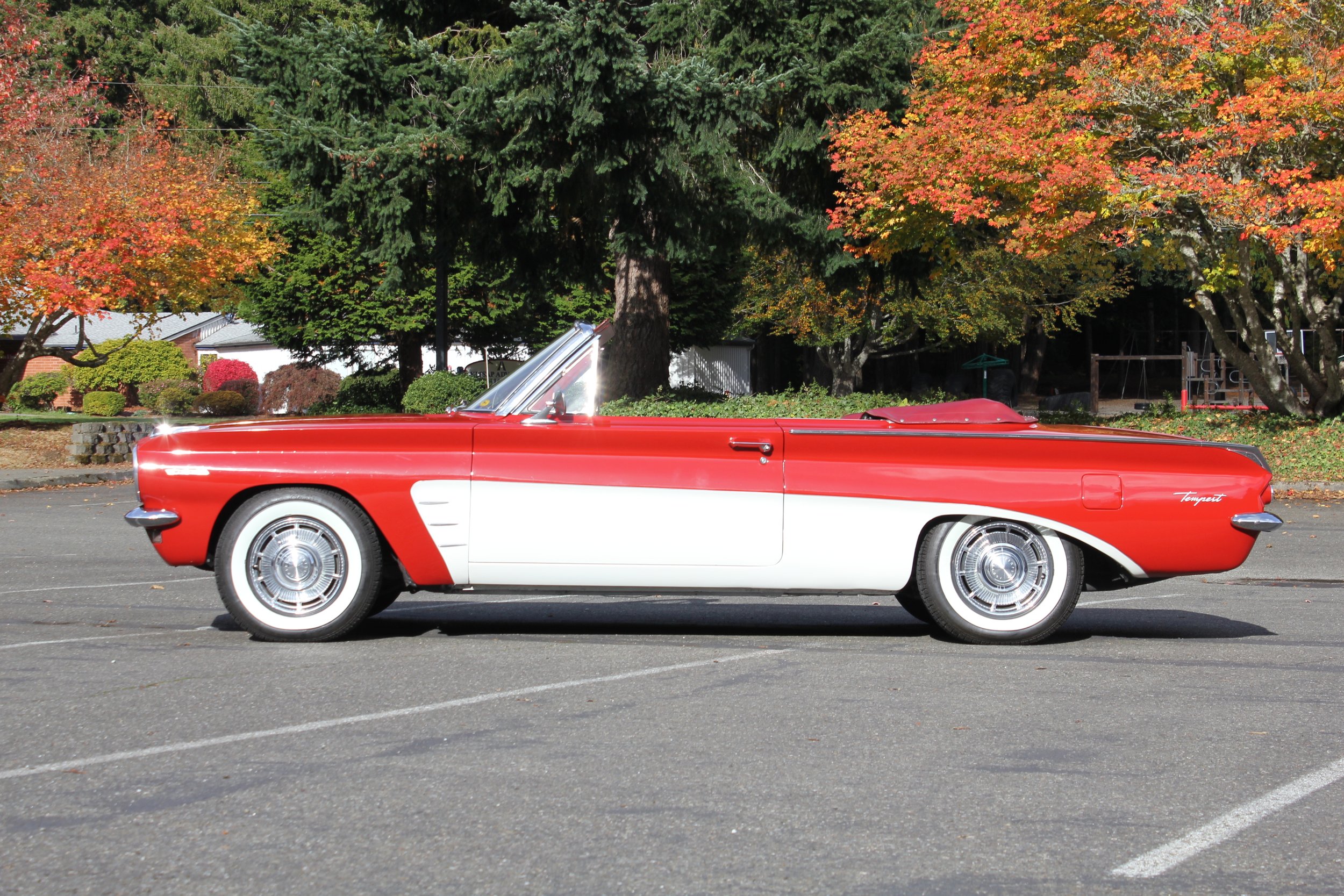 Image 55 of 124
Image 55 of 124

 Image 56 of 124
Image 56 of 124

 Image 57 of 124
Image 57 of 124

 Image 58 of 124
Image 58 of 124

 Image 59 of 124
Image 59 of 124

 Image 60 of 124
Image 60 of 124

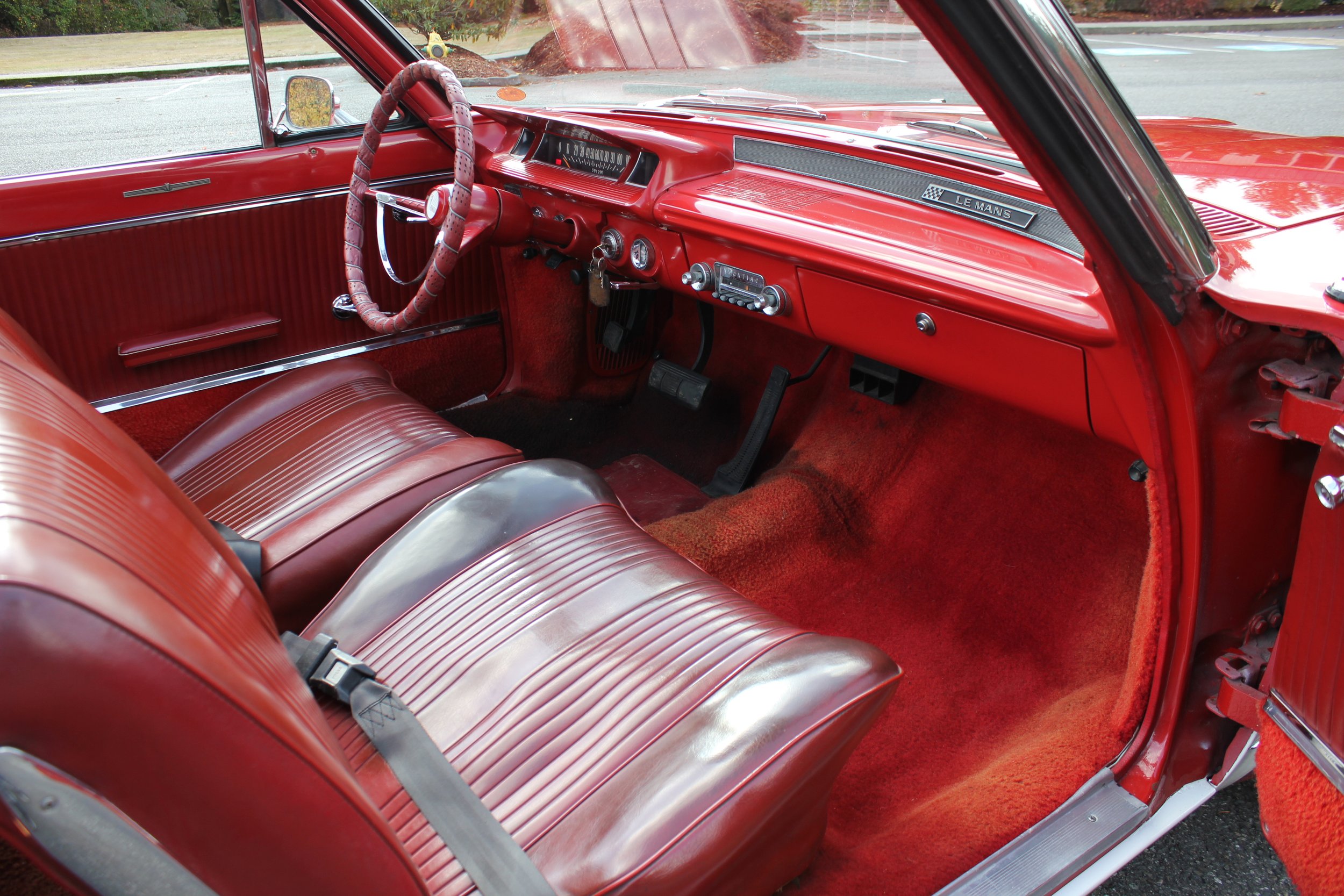 Image 61 of 124
Image 61 of 124

 Image 62 of 124
Image 62 of 124

 Image 63 of 124
Image 63 of 124

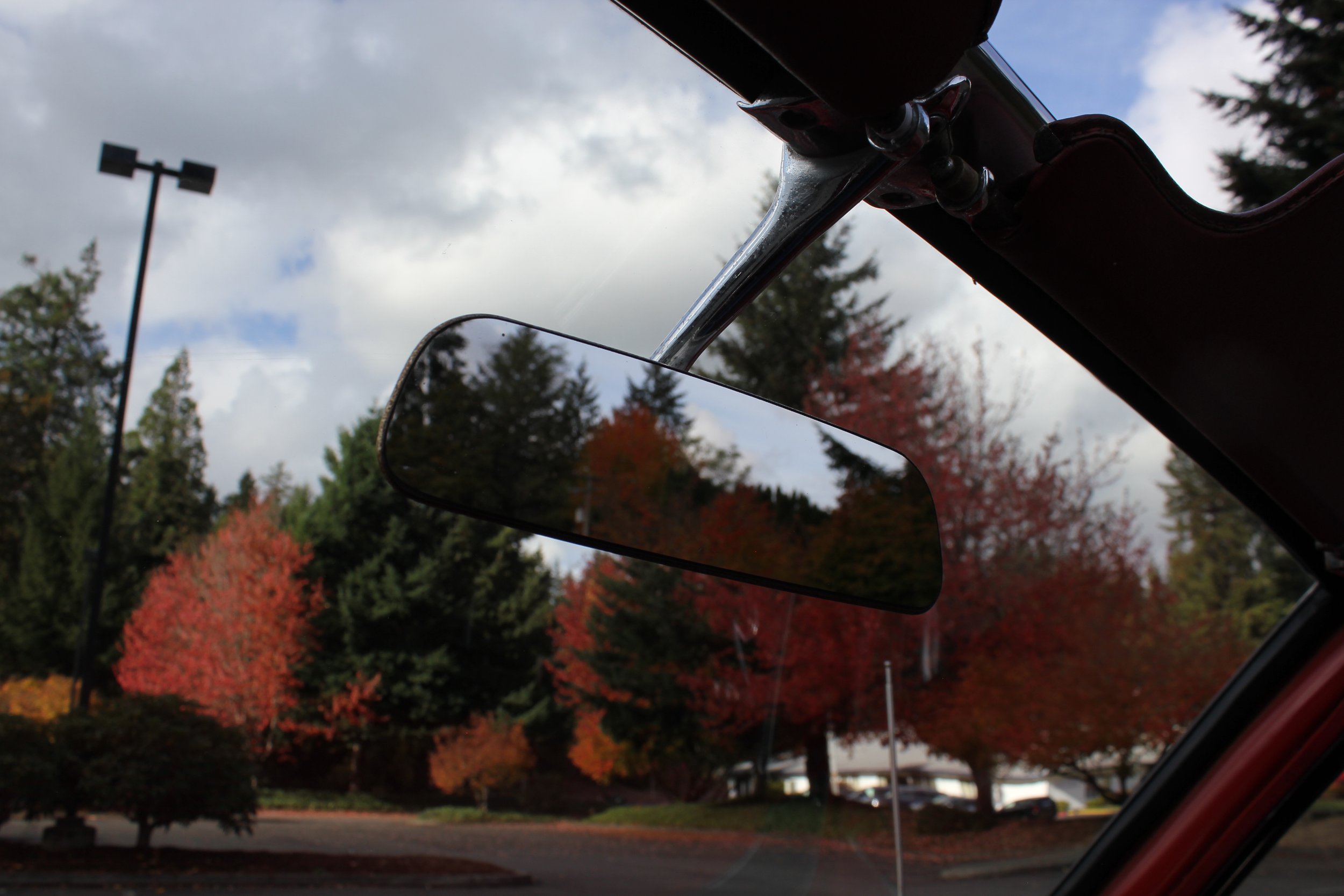 Image 64 of 124
Image 64 of 124

 Image 65 of 124
Image 65 of 124

 Image 66 of 124
Image 66 of 124

 Image 67 of 124
Image 67 of 124

 Image 68 of 124
Image 68 of 124

 Image 69 of 124
Image 69 of 124

 Image 70 of 124
Image 70 of 124

 Image 71 of 124
Image 71 of 124

 Image 72 of 124
Image 72 of 124

 Image 73 of 124
Image 73 of 124

 Image 74 of 124
Image 74 of 124

 Image 75 of 124
Image 75 of 124

 Image 76 of 124
Image 76 of 124

 Image 77 of 124
Image 77 of 124

 Image 78 of 124
Image 78 of 124

 Image 79 of 124
Image 79 of 124

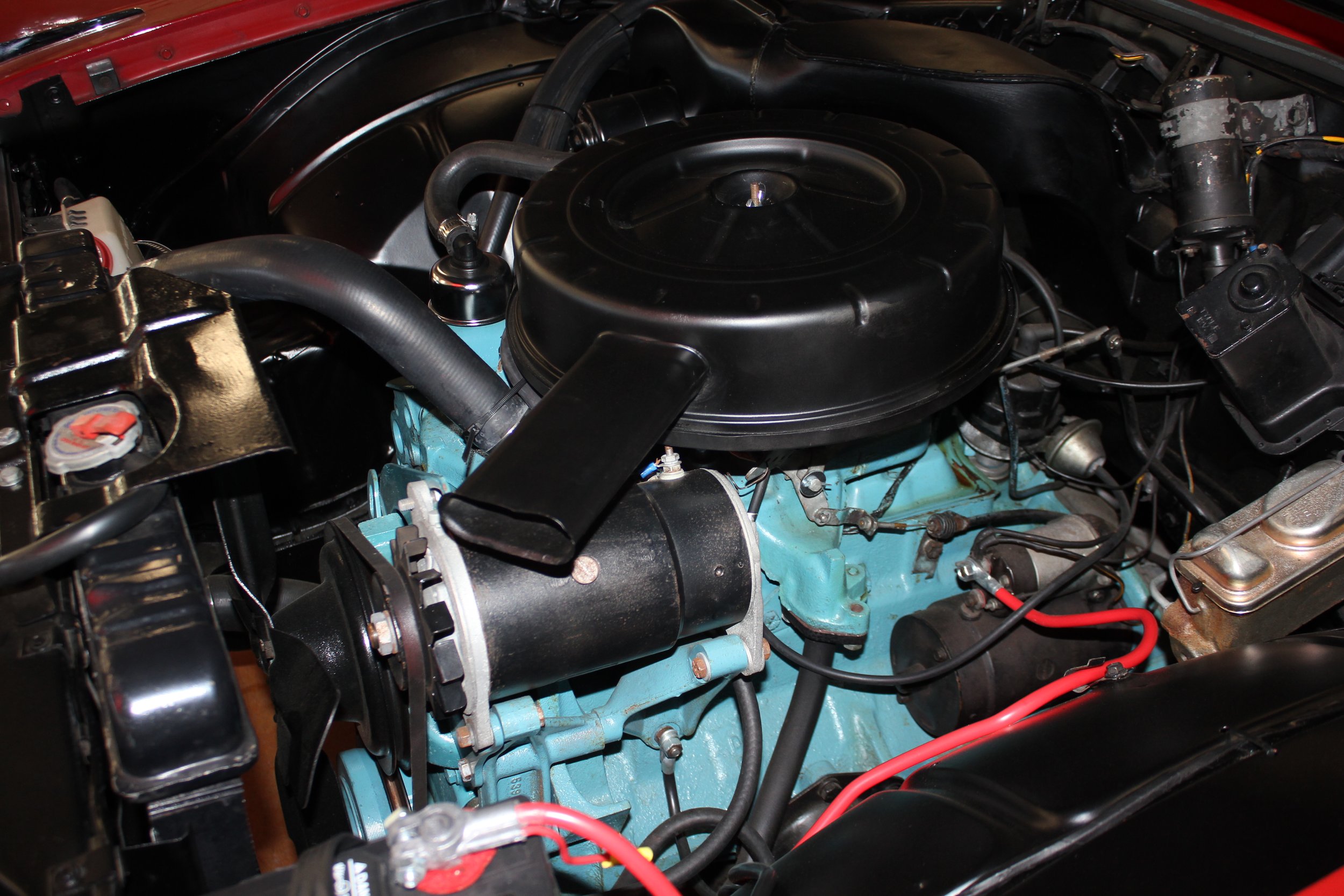 Image 80 of 124
Image 80 of 124

 Image 81 of 124
Image 81 of 124

 Image 82 of 124
Image 82 of 124

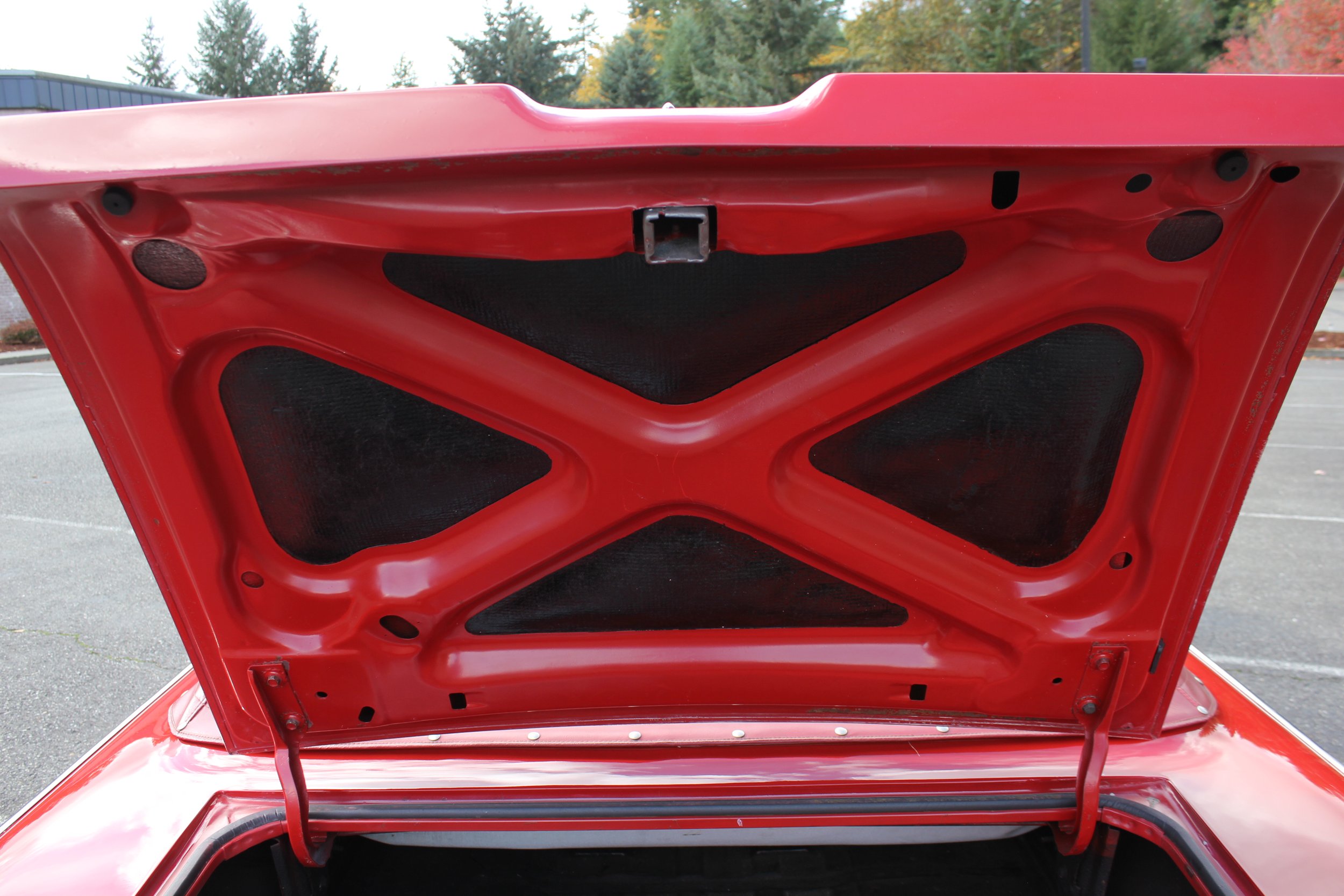 Image 83 of 124
Image 83 of 124

 Image 84 of 124
Image 84 of 124

 Image 85 of 124
Image 85 of 124

 Image 86 of 124
Image 86 of 124

 Image 87 of 124
Image 87 of 124

 Image 88 of 124
Image 88 of 124

 Image 89 of 124
Image 89 of 124

 Image 90 of 124
Image 90 of 124

 Image 91 of 124
Image 91 of 124

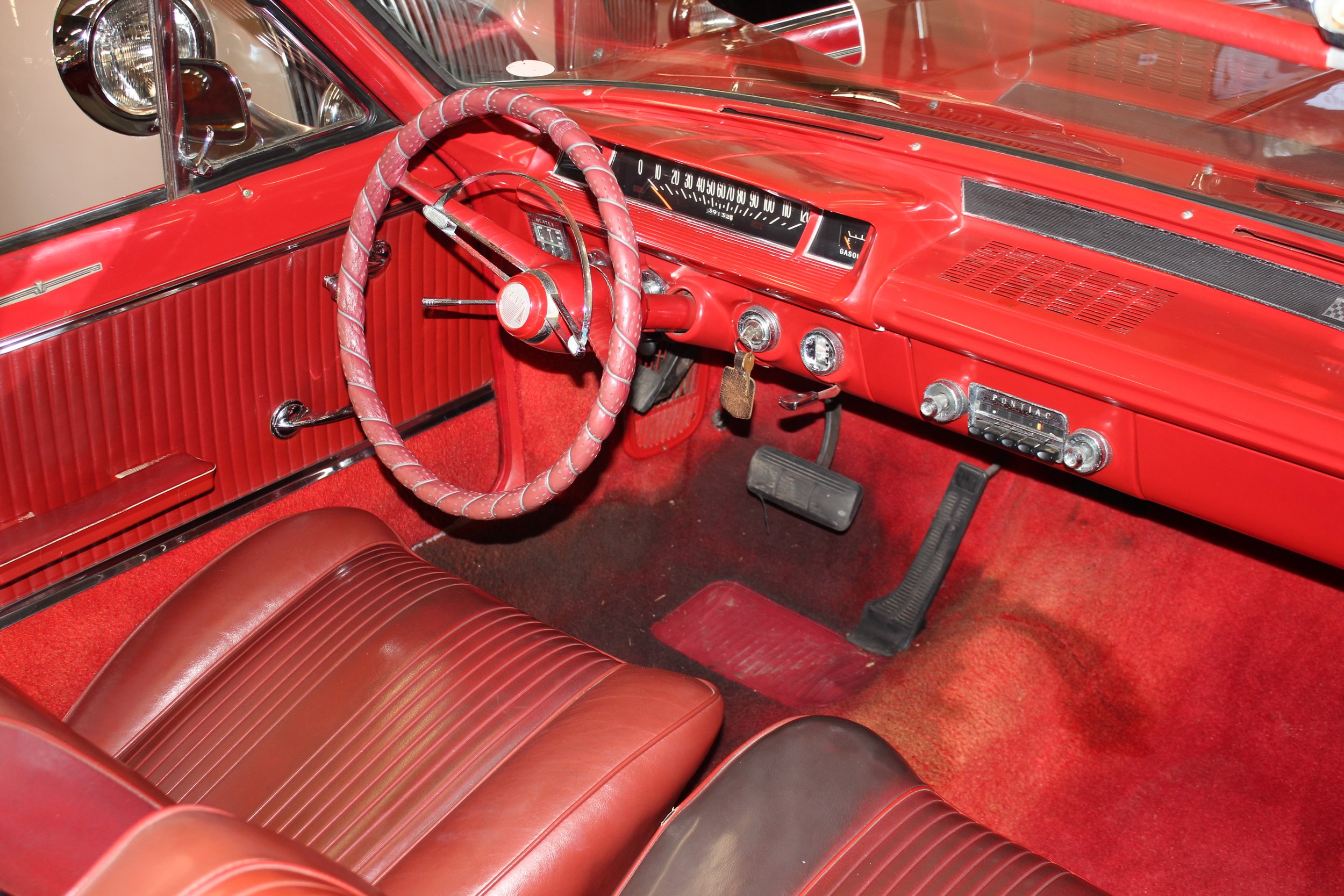 Image 92 of 124
Image 92 of 124

 Image 93 of 124
Image 93 of 124

 Image 94 of 124
Image 94 of 124

 Image 95 of 124
Image 95 of 124

 Image 96 of 124
Image 96 of 124

 Image 97 of 124
Image 97 of 124

 Image 98 of 124
Image 98 of 124

 Image 99 of 124
Image 99 of 124

 Image 100 of 124
Image 100 of 124

 Image 101 of 124
Image 101 of 124

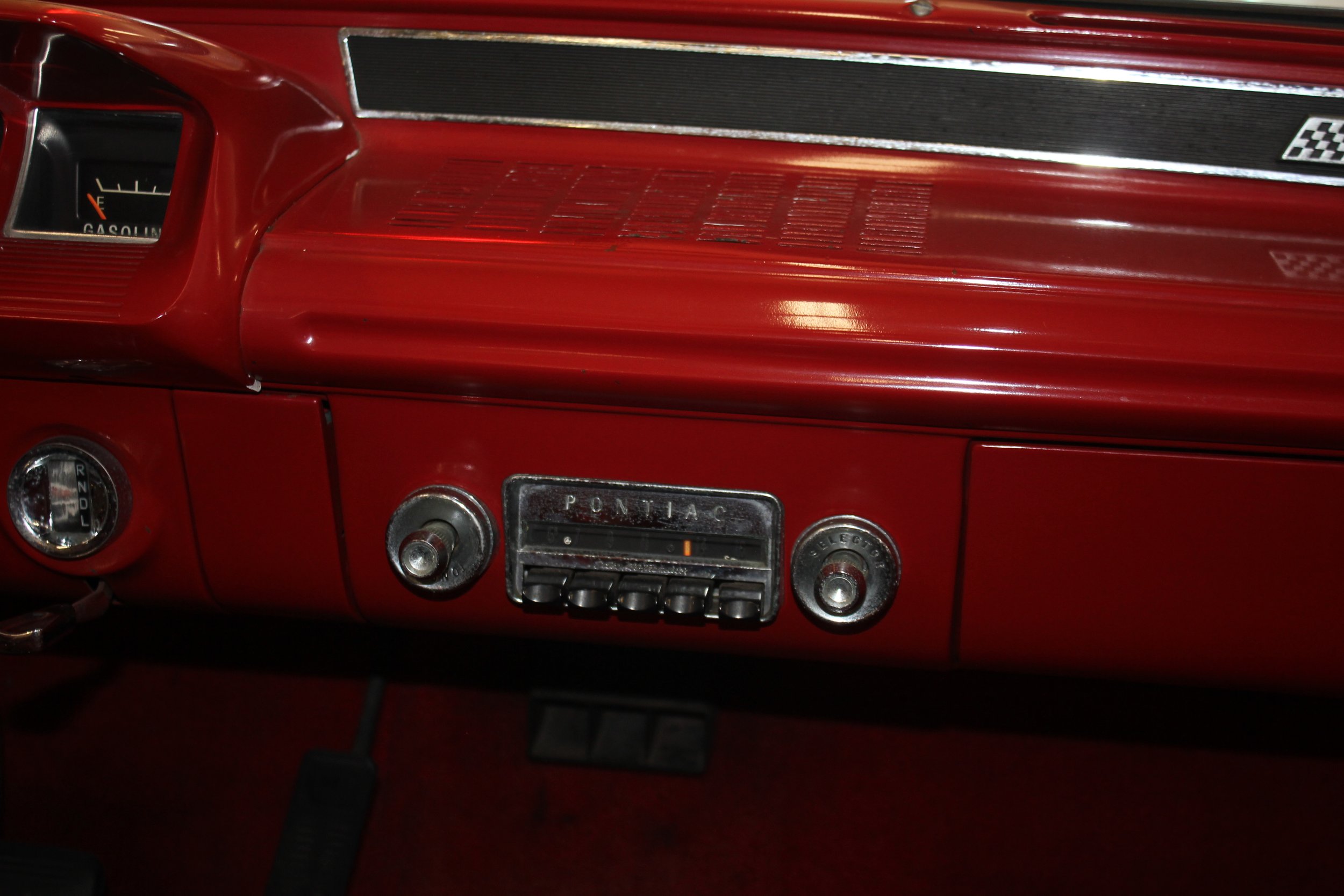 Image 102 of 124
Image 102 of 124

 Image 103 of 124
Image 103 of 124

 Image 104 of 124
Image 104 of 124

 Image 105 of 124
Image 105 of 124

 Image 106 of 124
Image 106 of 124

 Image 107 of 124
Image 107 of 124

 Image 108 of 124
Image 108 of 124

 Image 109 of 124
Image 109 of 124

 Image 110 of 124
Image 110 of 124

 Image 111 of 124
Image 111 of 124

 Image 112 of 124
Image 112 of 124

 Image 113 of 124
Image 113 of 124

 Image 114 of 124
Image 114 of 124

 Image 115 of 124
Image 115 of 124

 Image 116 of 124
Image 116 of 124

 Image 117 of 124
Image 117 of 124

 Image 118 of 124
Image 118 of 124

 Image 119 of 124
Image 119 of 124

 Image 120 of 124
Image 120 of 124

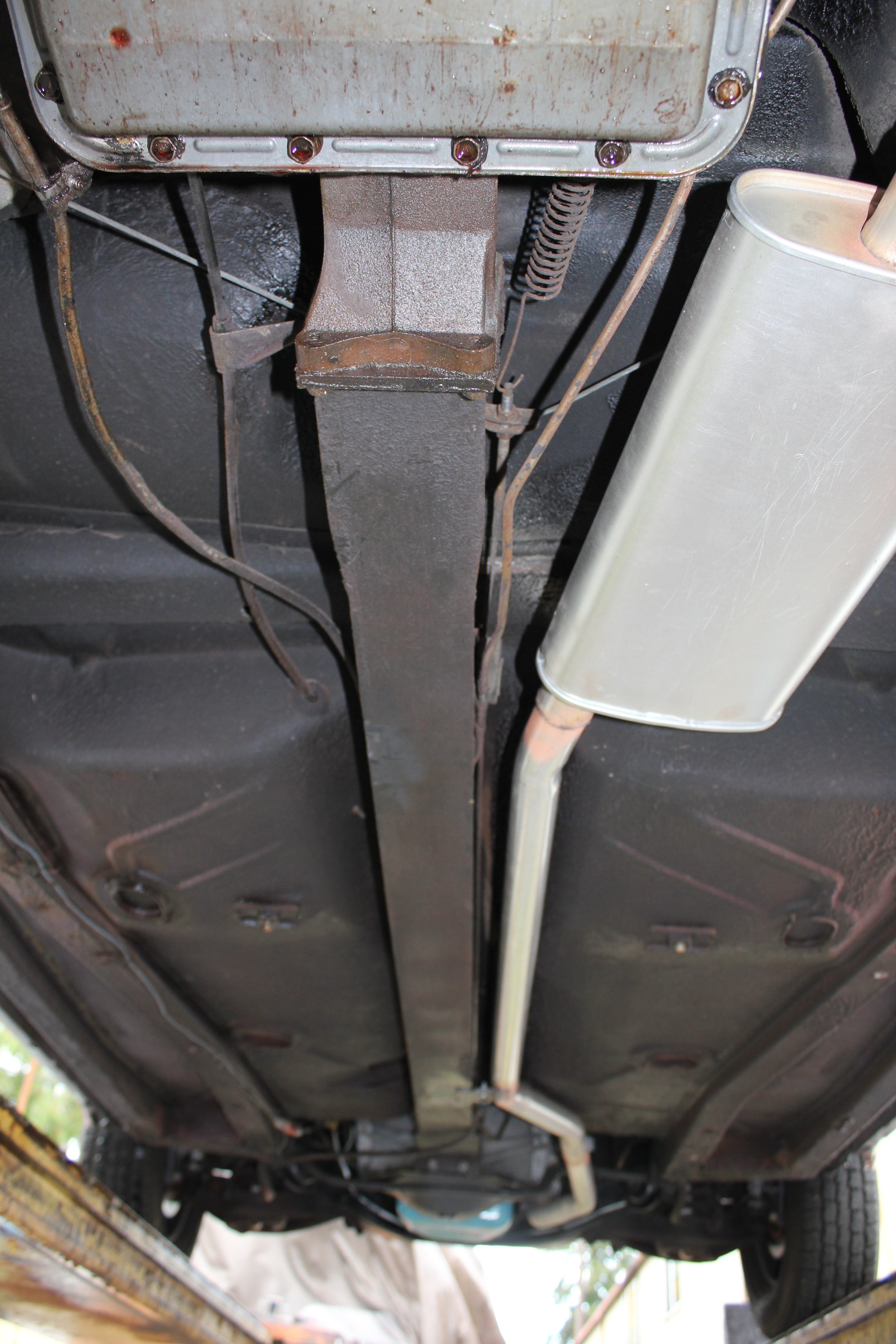 Image 121 of 124
Image 121 of 124

 Image 122 of 124
Image 122 of 124

 Image 123 of 124
Image 123 of 124

 Image 124 of 124
Image 124 of 124





























































































































Lot Listing #112 1962 Pontiac Tempest LeMans Convertible
The Tempest was a decision by the Pontiac division to enter the compact car market following the success of the Chevrolet Corvair. The division wanted to produce a clone of the Corvair, but instead GM gave Pontiac the lead to develop a new car in an interdivisional program coded named "X-100." John Z. DeLorean, Pontiac's chief engineer and general manager, went to work on a car that would meld components GM already produced. His objective was for the new model to be more than just an ordinary compact car. The Tempest was Motor Trend magazine's 1961 Car of the Year. Road & Track praised the Tempest as "exceptionally roomy" and "one of the very best utility cars since the Ford Model A." In hindsight, DeLorean admitted that the Tempest was "less than successful," adding, "there was no mechanical problem, but the car rattled so loudly that it sounded like it was carrying half-a-trunkful of rolling rocks."
This 1962 Pontiac Tempest is a LeMans convertible that is powered by a 194.5ci inline-four linked to a rear-mounted two-speed automatic transaxle, and in 2013 the car as refinished in red and white over red. Equipment includes a white soft top, a red boot cover, bright trim and hubcaps, whitewall tires, front disc brakes, a push-button radio, and a toggle-switch shifter. The car is said to have spent time in Florida before the engine was rebuilt in 2018, and in 2022 the carburetor and the battery were replaced.
The car was delivered new in Mandalay Red (V1) and is said to have been refinished in 2013. Features include white-finished coves, a white soft top with a plastic rear window, a red boot cover, and chrome-finished bumpers and trim. Photos in the gallery below show imperfections in the finish and pitting on the mirrors.
Black-finished steel wheels wear bright hubcaps and are mounted with American Classic whitewall tires. A full front disc-brake conversion was performed in 2015, at which time the pads, calipers, rotors, master cylinder, rear drums, wheels, and hubcaps were replaced.
Front bucket seats and a rear bench are trimmed in red upholstery, which is complemented by red door panels and carpeting. Shifting is handled through a toggle switch to the right of the steering column, and a Pontiac/Delco “all-transistor” radio is located in the center of the dash. The driver-side seat bottom has been reupholstered, but has a fluid stain in the driver-side footwell.
A two-spoke steering wheel with an aftermarket wrap sits ahead of a horizontal 120-mph speedometer flanked by a generator warning light and a fuel-level gauge. The five-digit odometer shows 39k miles. True mileage is unknown.
The 194.5ci “Trophy 4” inline-four is finished in blue and topped with a black air-cleaner assembly. The engine is said to have been rebuilt under previous ownership with replacement bearings, timing chain, lifters, and oil pump. In 2015 the fuel pump was replaced, and the engine is said to have been rebuilt in 2018, at which time exhaust work was performed. In August 2022 the carburetor and the battery were replaced.
Engine torque is transmitted through a flexible driveshaft housed in a hollow tube to a rear-mounted two-speed automatic transaxle. Seepage is noted at the rear, and additional photos of the underside are presented in the gallery below.
The Washington title lists “Antique” under the Brands section.
The Tempest was a decision by the Pontiac division to enter the compact car market following the success of the Chevrolet Corvair. The division wanted to produce a clone of the Corvair, but instead GM gave Pontiac the lead to develop a new car in an interdivisional program coded named "X-100." John Z. DeLorean, Pontiac's chief engineer and general manager, went to work on a car that would meld components GM already produced. His objective was for the new model to be more than just an ordinary compact car. The Tempest was Motor Trend magazine's 1961 Car of the Year. Road & Track praised the Tempest as "exceptionally roomy" and "one of the very best utility cars since the Ford Model A." In hindsight, DeLorean admitted that the Tempest was "less than successful," adding, "there was no mechanical problem, but the car rattled so loudly that it sounded like it was carrying half-a-trunkful of rolling rocks."
This 1962 Pontiac Tempest is a LeMans convertible that is powered by a 194.5ci inline-four linked to a rear-mounted two-speed automatic transaxle, and in 2013 the car as refinished in red and white over red. Equipment includes a white soft top, a red boot cover, bright trim and hubcaps, whitewall tires, front disc brakes, a push-button radio, and a toggle-switch shifter. The car is said to have spent time in Florida before the engine was rebuilt in 2018, and in 2022 the carburetor and the battery were replaced.
The car was delivered new in Mandalay Red (V1) and is said to have been refinished in 2013. Features include white-finished coves, a white soft top with a plastic rear window, a red boot cover, and chrome-finished bumpers and trim. Photos in the gallery below show imperfections in the finish and pitting on the mirrors.
Black-finished steel wheels wear bright hubcaps and are mounted with American Classic whitewall tires. A full front disc-brake conversion was performed in 2015, at which time the pads, calipers, rotors, master cylinder, rear drums, wheels, and hubcaps were replaced.
Front bucket seats and a rear bench are trimmed in red upholstery, which is complemented by red door panels and carpeting. Shifting is handled through a toggle switch to the right of the steering column, and a Pontiac/Delco “all-transistor” radio is located in the center of the dash. The driver-side seat bottom has been reupholstered, but has a fluid stain in the driver-side footwell.
A two-spoke steering wheel with an aftermarket wrap sits ahead of a horizontal 120-mph speedometer flanked by a generator warning light and a fuel-level gauge. The five-digit odometer shows 39k miles. True mileage is unknown.
The 194.5ci “Trophy 4” inline-four is finished in blue and topped with a black air-cleaner assembly. The engine is said to have been rebuilt under previous ownership with replacement bearings, timing chain, lifters, and oil pump. In 2015 the fuel pump was replaced, and the engine is said to have been rebuilt in 2018, at which time exhaust work was performed. In August 2022 the carburetor and the battery were replaced.
Engine torque is transmitted through a flexible driveshaft housed in a hollow tube to a rear-mounted two-speed automatic transaxle. Seepage is noted at the rear, and additional photos of the underside are presented in the gallery below.
The Washington title lists “Antique” under the Brands section.
The Tempest was a decision by the Pontiac division to enter the compact car market following the success of the Chevrolet Corvair. The division wanted to produce a clone of the Corvair, but instead GM gave Pontiac the lead to develop a new car in an interdivisional program coded named "X-100." John Z. DeLorean, Pontiac's chief engineer and general manager, went to work on a car that would meld components GM already produced. His objective was for the new model to be more than just an ordinary compact car. The Tempest was Motor Trend magazine's 1961 Car of the Year. Road & Track praised the Tempest as "exceptionally roomy" and "one of the very best utility cars since the Ford Model A." In hindsight, DeLorean admitted that the Tempest was "less than successful," adding, "there was no mechanical problem, but the car rattled so loudly that it sounded like it was carrying half-a-trunkful of rolling rocks."
This 1962 Pontiac Tempest is a LeMans convertible that is powered by a 194.5ci inline-four linked to a rear-mounted two-speed automatic transaxle, and in 2013 the car as refinished in red and white over red. Equipment includes a white soft top, a red boot cover, bright trim and hubcaps, whitewall tires, front disc brakes, a push-button radio, and a toggle-switch shifter. The car is said to have spent time in Florida before the engine was rebuilt in 2018, and in 2022 the carburetor and the battery were replaced.
The car was delivered new in Mandalay Red (V1) and is said to have been refinished in 2013. Features include white-finished coves, a white soft top with a plastic rear window, a red boot cover, and chrome-finished bumpers and trim. Photos in the gallery below show imperfections in the finish and pitting on the mirrors.
Black-finished steel wheels wear bright hubcaps and are mounted with American Classic whitewall tires. A full front disc-brake conversion was performed in 2015, at which time the pads, calipers, rotors, master cylinder, rear drums, wheels, and hubcaps were replaced.
Front bucket seats and a rear bench are trimmed in red upholstery, which is complemented by red door panels and carpeting. Shifting is handled through a toggle switch to the right of the steering column, and a Pontiac/Delco “all-transistor” radio is located in the center of the dash. The driver-side seat bottom has been reupholstered, but has a fluid stain in the driver-side footwell.
A two-spoke steering wheel with an aftermarket wrap sits ahead of a horizontal 120-mph speedometer flanked by a generator warning light and a fuel-level gauge. The five-digit odometer shows 39k miles. True mileage is unknown.
The 194.5ci “Trophy 4” inline-four is finished in blue and topped with a black air-cleaner assembly. The engine is said to have been rebuilt under previous ownership with replacement bearings, timing chain, lifters, and oil pump. In 2015 the fuel pump was replaced, and the engine is said to have been rebuilt in 2018, at which time exhaust work was performed. In August 2022 the carburetor and the battery were replaced.
Engine torque is transmitted through a flexible driveshaft housed in a hollow tube to a rear-mounted two-speed automatic transaxle. Seepage is noted at the rear, and additional photos of the underside are presented in the gallery below.
The Washington title lists “Antique” under the Brands section.
** All sale prices are reflective of premiums, commissions and taxes paid.
All lots are sold “AS IS“ and “ WHERE IS”. Take note of the location of the lot you bid on. Lots are in multiple locations. Shipping is at buyer’s sole responsibility, risk, and expense after cleared payment has been received and paid in full. Lucky can assist with shipping arrangements upon request.
Buyers are obligated at the fall of the hammer for liability coverage and storage or moorage costs in private facilities. Buyer’s premiums are due on all lots. Payment is due in full within 48 hours of the end of the auction. Please collect your purchase within 48 hours of the end of the auction.
Satisfy all condition questions and logistical issues BEFORE bidding. No retractions will be accepted. All bids are final. Buyers/bidders agree that the venue of any dispute shall be in King County, Washington. Lucky, its officers, employees, and subcontractors are held harmless by both the sellers and buyers. The purchase contract is between the buyer and seller. All representations regarding the lots are made by the seller.
The Lucky Old Car Auction Terms of Sale, Bidder Agreement, Bill of Sale, Proxibid Terms, and disclaimer language in each lot description are incorporated in this agreement by reference and constitute the full parameters of this agreement. If any part of this contract contradicts another part, the clearest language shall rule. Should any part of this contract be found to be defective, it shall be severed, and the rest of the contract shall remain in effect.
